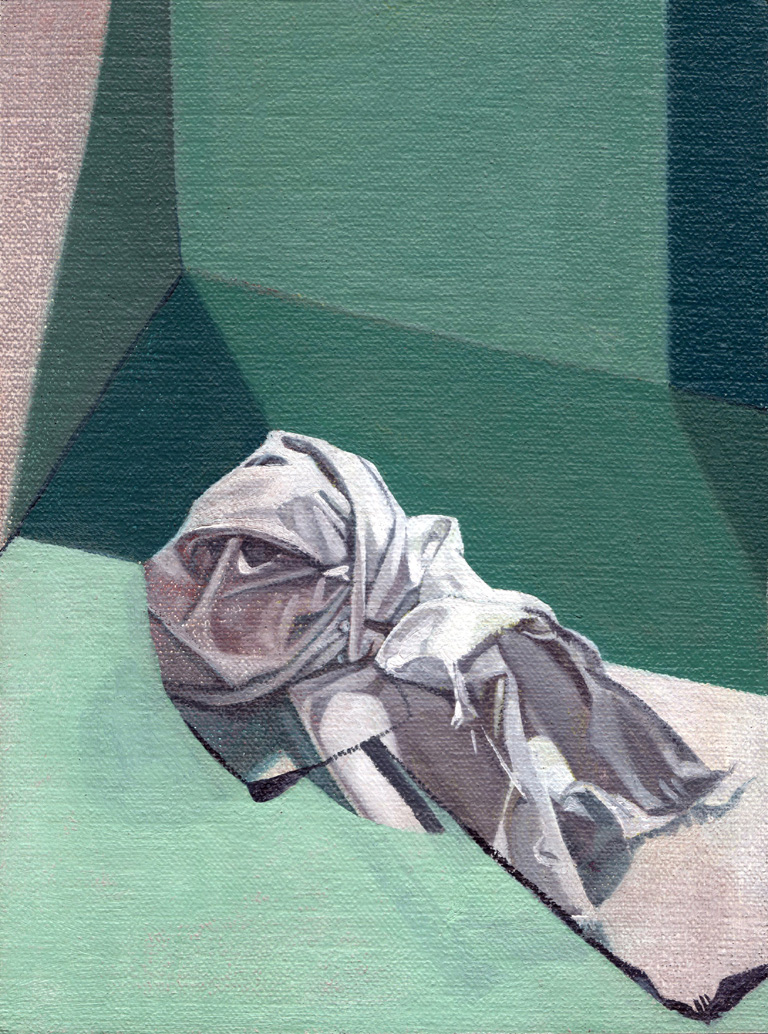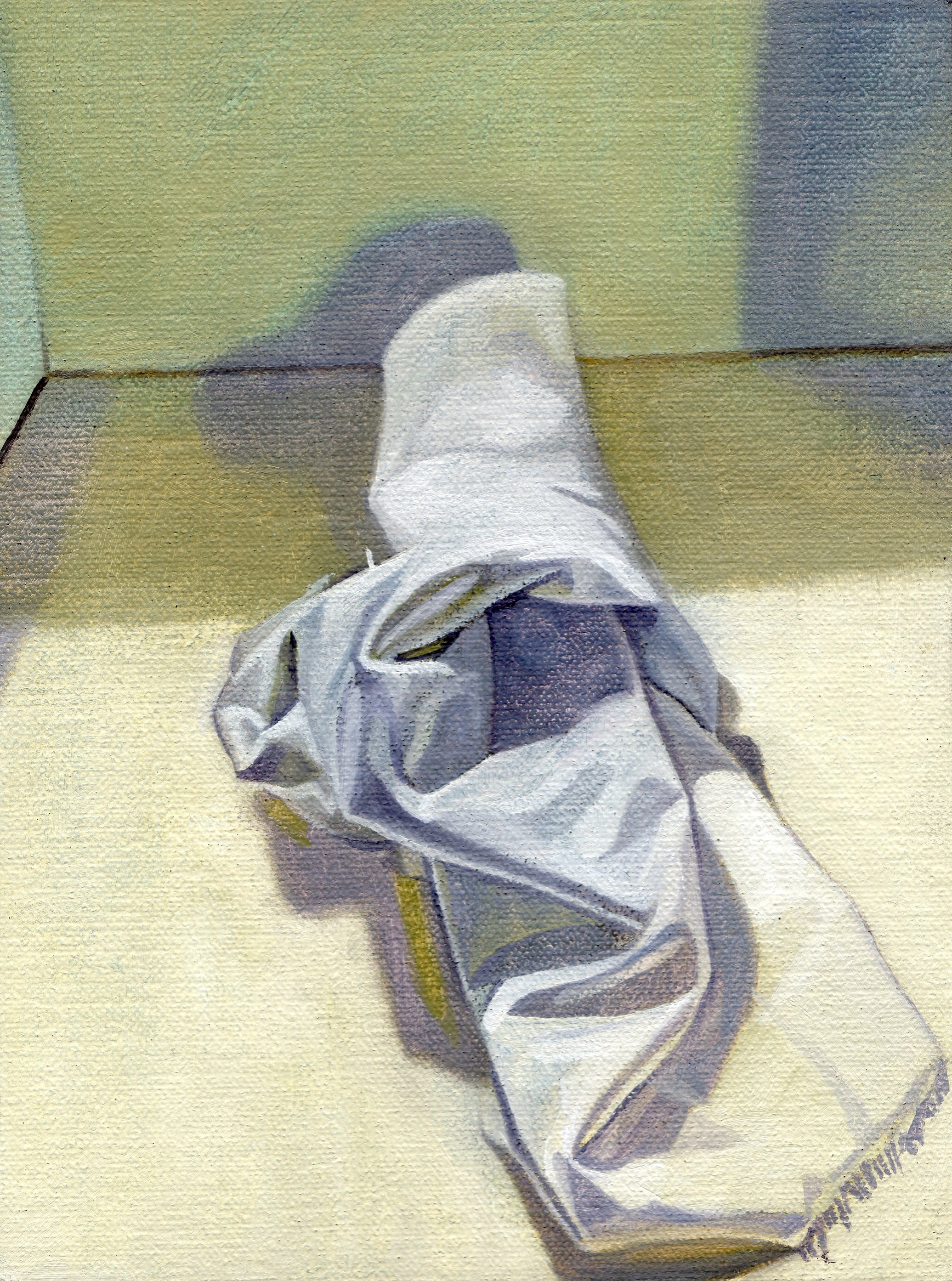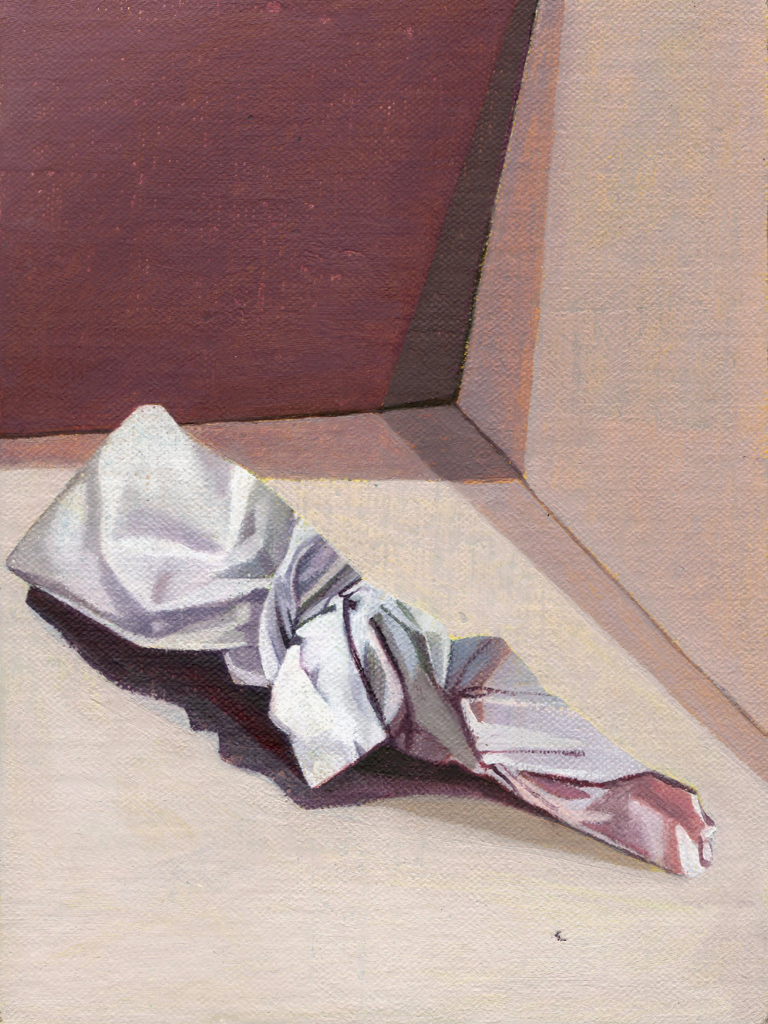HESTER FINCH
Alone In Berlin
8th - 13th April 2014
Alone In Berlin is Hester Finch's first exhibition with JESSICA CARLISLE and presents a new body of work that takes a poetic and poignant journey through the darker realms of the human experience.
Finch’s practice is an on-going investigation into the psychological potential of painting. The artist subverts traditional genres such as portraiture, landscape and still life in order to explore her central themes of loss, identity, death and judgement. The tension between tradition and rebellion, conformity and anarchy, is characteristic of the artist’s work.
***
The Accused is a series of portraits in miniature format exploring the dehumanising effect of judgement. Based on police photographs of both suspects (of crimes) and victims (of miscarriages of justice), these are piercing and penetrating portrayals of people thrust into a limelight which they did not seek where they have to endure the glare and scrutiny of the public gaze. As we examine them, their identity seems simultaneously to slip away yet also to manifest. This struggle is accentuated by the artist who names each sitter whilst at the same time distorting their features. We do not know who they are or what they have – or might have – done, yet by witnessing their awkwardness, their shame and their fear, we feel somehow closer to them, and a basic human empathy arises.
The Atrocities may at first glance seem like peaceful landscapes, but on closer inspection the intensity of their saturated colour quickly becomes oppressive. As with all Finch’s landscapes, the atmosphere feels electric, the air charged. Are we looking at a mountainous landscape with gentle clouds and tranquil lakes, or are we looking at a desolate country ravaged by war? Are we admiring a view or are we looking out of a prison window? The diminutive scale jars uncomfortably with the gravity of the subject.
The Hospice series is a presentation of cloths, modelled from sheets, perhaps bed linen, that the artist has depicted in uncompromising fashion. These awkward, contorted cloths bear almost no relation to the free-flowing, sensuous drapery we are accustomed to finding in Renaissance and Baroque painting. Their solid, rigid presence is paradoxically suggestive of absence – we wonder what they might have covered, or what they might be concealing. They are a reminder of the ultimate loss; they are memento mori.














